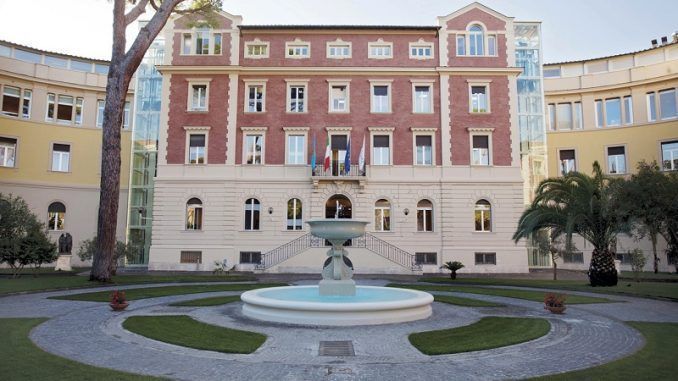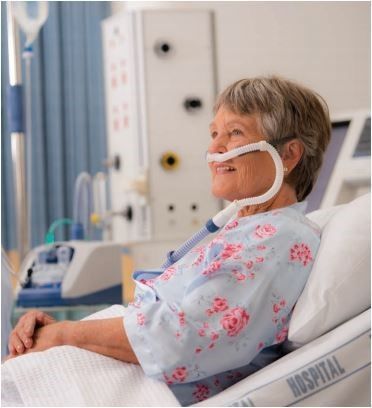Knee prosthesis San Carlo di Nancy first hospital in Rome and second in Lazio
Knee prosthesis, San Carlo di Nancy first hospital in Rome and second in Lazio
Mario Tartarone, director of the Orthopedics and Traumatology Unit: “Recovery times halved with resignation already after 2/3 days from the intervention”
The San Carlo di Nancy hospital It is first in the province of Rome and second in Lazio for the number of volume of hospitalizations for knee prosthesis in 2016. 549 hospitalizations made, just under 10% of the total volume of hospitalizations recorded throughout Lazio, which was 5999. In front of the San Carlo di Nancy hospital only the Latina ICOT with over 700 hospitalizations made.
These The data of the program P.King.Val.AND. (Regional Program of evaluation of the results of the health interventions), with information relating to the care provided by all regional health facilities, presented in the Lazio Region on June 26th.
A great achievement for the San Carlo Hospital in Nancy whose orthopedic business continues to grow every year. In Lazio, again according to the data available from the P.King.Val.AND., less than 5% of healthcare facilities have knee replacement admission volumes greater than 400, while more than half work with volumes less than 50.
“Unicompartment prostheses (also known as mini prostheses, or resurfacing prostheses) they are the strength of the Orthopedics and Traumatology Unit of the San Carlo di Nancy Hospital”, explains Professor Mario Tartarone, Director of the Unit. It is a conservative surgical approach developed in the USA and brought to Europe about ten years ago. “The Orthopedics and Traumatology Operating Unit is a point of reference in Rome for these prostheses which have the purpose of covering the injured area without replacing it – The prof continues. Tartarone. – This means offering a less invasive intervention, maintaining the complete function of motility, avoiding to cut the nerve terminations allowing the patient to maintain the ‘sensation’ to have their own knee“.
Miniprotesis are also used for the injury of the hip and shoulder.
Two dedicated clinics are available for the Orthopedics and Traumatology Operational Unit of the San Carlo di Nancy Hospital, for patients with knee problems. The clinic of Sport traumatology It is aimed at average young people who suffer damage during sport such as meniscal lesions and front or rear crusader or post-traumatic cartilage damage. The knee surgery clinic Instead, it is dedicated to generally complex conditions including arthrosis, axial deviations of the post-traumatic or congenital leg of nature but also aimed at patients who have previous knee interventions behind them. During the specialist visit, the clinical history is collected, the patient is visited and the appropriate instrumental tests are carried out (X-ray, CT, MRI), all of which can be performed at the facility. Depending on the type of damage, various interventions are recommended, from conservative infiltration and physiotherapy to arthroscopy (the Unit performs around 1000 a year), up to more complex cases in which surgery is required.
Surgery is proposed for all those conditions in which conservative or arthroscopic treatments are no longer sufficient. In particular in cases of arthrosis, axial deviations of the leg of a post-traumatic or congenital nature, previous inconclusive interventions, serious damage to the meniscus or to the crusaders. There are different prosthetic surgery approaches based on the type of pathology.
Waiting times for a knee prosthesis intervention at the San Carlo hospital in Nancy are about 40 days, whether they are total prosthesis and monocompartic. This time is necessary to perform all pre-hospitalization exams. All patients are mobilized and “put on foot” already the day after the intervention and discharged after two to three days for monocomparty prostheses or three days for total prostheses. “The recovery of complete functionality – concludes the prof.
Tartarone – is halved in the case of mini -production: thirty days, compared to about two months expected in the case of total prostheses “.
Source: Regional Program Evaluation of the results of the 2017 health interventions


